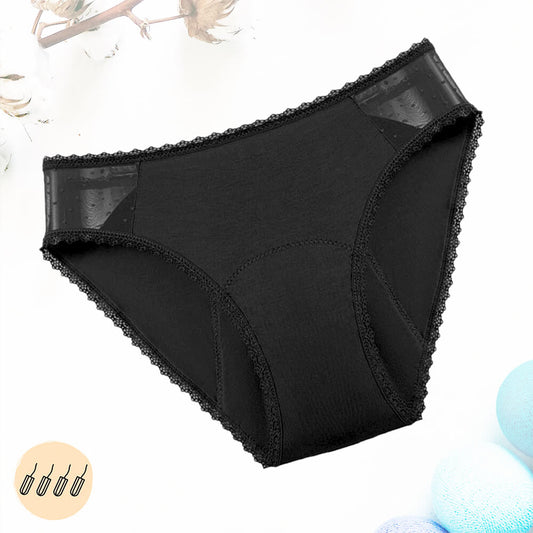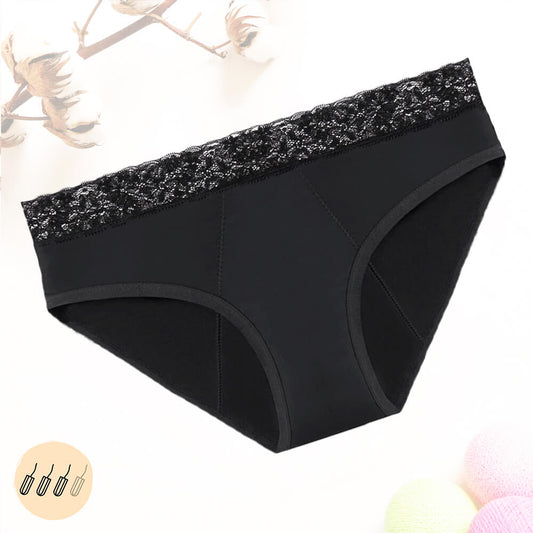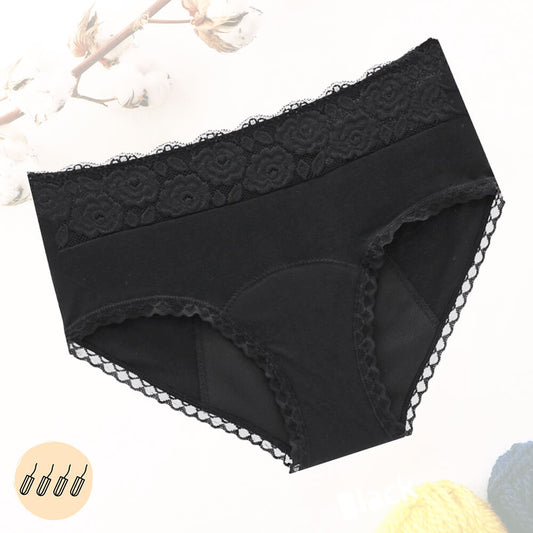
Periods are a biological reality, and the menstrual cup is an innovative response to this necessity. But what to do when an unpleasant smell comes to the party? We'll cover why your menstrual cup can sometimes smell and give you tips on how to fix it.
Rules
Periods, also known as menstruation, are a natural process that is part of the menstrual cycle in people with a uterus. On average, this cycle lasts about 28 days, but it can vary from person to person. Menstruation is the phase when the lining of the uterus, called the endometrium, is shed through the vagina if no eggs have been fertilized.Menstrual cup
The menstrual cup is an ecological and economical alternative to tampons and sanitary napkins. Made of medical silicone, latex or thermoplastic elastomer, it comes in the form of a small flexible container that is inserted into the vagina to collect the menstrual flow. Unlike tampons, the cup does not absorb it, but contains it until it is removed for emptying.Why does my menstrual cup smell bad?
It is normal for your menstrual cup to develop an odor after regular use. This odor may be due to the growth of bacteria or the chemical reaction between menstrual flow and the air. As cutting creates a closed, humid environment, this can sometimes promote a slight odor.
The smell that emanates from the menstrual cup can sometimes be surprising because of its difference from that usually associated with periods. It can evoke unexpected aromas such as rotten eggs, cooked broccoli or even sulfur. However, this smell is usually contained inside the cup and is not noticeable on the outside.
How to get rid of menstrual cup smell?
![]()
Deep cleaning
Do not wear it for too long
Rinse with cold water first
Use a dedicated toothbrush
What should I do if my cut already smells?
If you notice that your menstrual cup already has an unpleasant odor, there are several methods that can help you freshen it up.- Le baking soda is an excellent natural deodorizer; sprinkle it on the cut and let it sit for a few hours before rinsing.
- THESun exposure can also be beneficial, as UV rays have disinfectant properties that can reduce odors.
Clean stains
To clean stains on your menstrual cup, an effective method is to soak it in a mixture of water and hydrogen peroxide (3% solution) for a few hours. After soaking, rinse it well with clean water.
For more stubborn stains, you can use a soft toothbrush or a cloth dampened with baking soda to gently scrub the cut. These methods will help keep your cut clean and extend its life. Remember to sterilize your cup regularly to prevent stains and odors.
Taking care of your menstrual cup
To keep your menstrual cup clean and odor-free for as long as possible, you can follow the following maintenance steps:- Regular sterilization : Boil your menstrual cup in water for 5-10 minutes between each menstrual cycle to sterilize it.
- Daily cleaning : Use mild soap and water to clean the cup at least twice a day during your cycle.
- Proper drying : After cleaning, make sure the cup is completely dry before storing it in its breathable container.
- Proper storage : Keep your cutting in a dry, clean place, away from direct sunlight and excessive heat.
- Regular inspection : Check the condition of your cup for any signs of wear or degradation that could trap odors.




